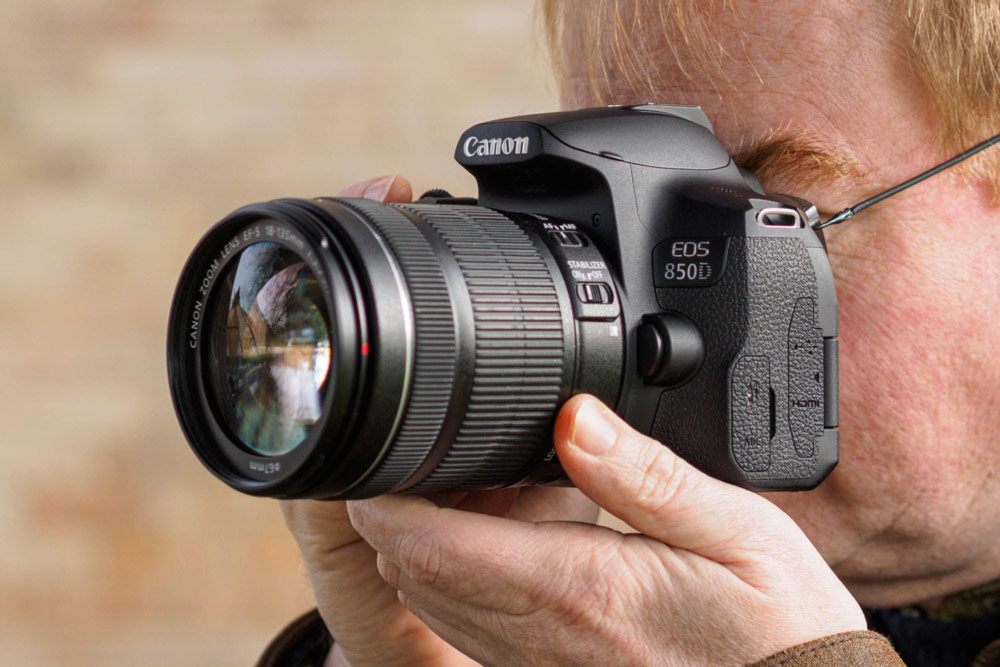How to Organize a DSLR Camera Bag for Pro Photographers
Every professional photographer understands the importance of having properly organized gear. Knowing how to organize a DSLR camera bag can save you both time and stress during a shoot. Whether you're capturing a picturesque landscape or snapping precious family moments, an organized camera bag is your first step to success.

Why Organization Matters
A cluttered camera bag is more than just an inconvenience; it can actually hinder your photography. With lenses, SD cards, batteries, and cleaning supplies all jumbled together, you risk damaging your gear or missing the perfect shot while you dig through your bag.
Step-by-Step Guide to Organizing Your DSLR Camera Bag
Follow these essential tips to ensure that your camera bag is a streamlined, efficient assistant on your next shoot.

Select the Right Bag
The very first step in knowing how to organize a DSLR camera bag is choosing the right bag for your needs. Consider factors like size, compartments, padding, and accessibility. You can explore examples of suitable bags on [WikiHow's Complete Guide to DSLR](https://www.wikihow.com/Take-Good-Photos-Using-a-DSLR).
Types of Camera Bags
- Backpacks: Great for longer trips and shoots; they offer plenty of space and even weight distribution.
- Sling Bags: Perfect for quick access to your gear; they typically have fewer compartments but are very easy to carry.
- Hard Cases: Ideal for transporting fragile gear; they offer maximum protection but at the cost of weight and flexibility.

Designate Compartment Functions
Each compartment in your camera bag should have a designated function. This can be particularly useful when you need to quickly switch lenses or grab a fresh battery. Utilizing compartments properly ensures you maximize your efficiency.
Main Compartments
- Camera Body: Place your camera body in the largest center compartment. Keep the lens attached to save setup time.
- Lenses: Use padded compartments to separate and protect each lens. Larger lenses should go at the bottom to balance the bag.
Accessory Pockets
- Batteries: Store extra batteries in smaller, easily accessible pockets. Consider carrying them in cases to avoid short-circuits.
- Memory Cards: Invest in a memory card wallet. These are slim, organized pouches that keep your SD cards safe.
- Cleaning Supplies: Keep microfiber cloths, lens cleaning fluid, and an air blower in a designated pouch to avoid scratches and smudges.

Implementing Smart Packing Tips
The actual packing of your camera bag requires a bit of strategy. Your aim is to ensure that the weight is distributed evenly and that each item is easily accessible.
Layering Strategy
Start by placing your heaviest items at the bottom. This includes camera bodies and larger lenses. On top of these, layer lighter items like smaller lenses and filters.
Quick Access Items
Items that you use frequently, such as spare batteries and memory cards, should be stored in outer pockets or upper compartments for quick access.
Protecting Your Gear
Keeping your gear safe is another critical aspect of how to organize a DSLR camera bag. Padding and protection will help you avoid damage, particularly when traveling.
Use Padded Inserts
Padded inserts are an excellent way to protect each piece of gear within your bag. They can be moved and resized to fit different items securely.
Waterproof Covers
If you shoot in varied weather conditions, consider a rain cover or a waterproof bag. This adds an extra layer of protection against the elements.
Regular Maintenance of Your Camera Bag
Regular maintenance ensures that your organized setup remains well-kept and functional. Here are a few tips:
Routine Checks
Check your bag regularly for any wear and tear. Inspect zippers, padding, and seams to ensure everything is in good condition.
Cleaning
Keep your bag clean by wiping down surfaces and shaking out any debris. This not only keeps it looking good but also ensures theres no dirt that could damage your gear.
Conclusion
Organizing your DSLR camera bag is not just about aesthetics; it's about functional efficiency and ensuring that your gear is always ready when you need it. Whether you are shooting in a studio or on location, a well-organized camera bag is your best assistant. If you're looking to learn more about maintaining and using your DSLR gear, check out this insightful guide on [Photo4Art](https://photo4art.com/blogs/news/how-to-test-a-used-dslr-camera).
FAQ
What kind of bag should I choose for my DSLR?
Choosing the right bag depends on your needs. Consider factors like size, weight, and the type of photography you do. Backpacks, sling bags, and hard cases are all viable options.
How often should I reorganize my camera bag?
It's a good practice to reorganize your bag at least once a month or before any major shoot, to ensure that everything is in its place and in good working condition.
Should I transport my camera with the lens attached?
Yes, it's often more efficient to keep the lens attached to the camera body to save on setup time, as long as it fits safely in your bag.
As an Amazon Associate, I earn from qualifying purchases.

